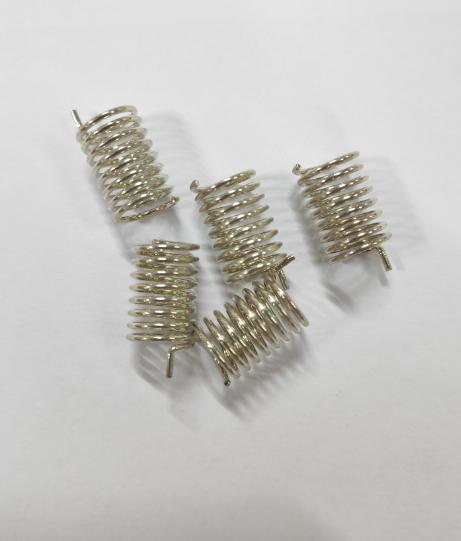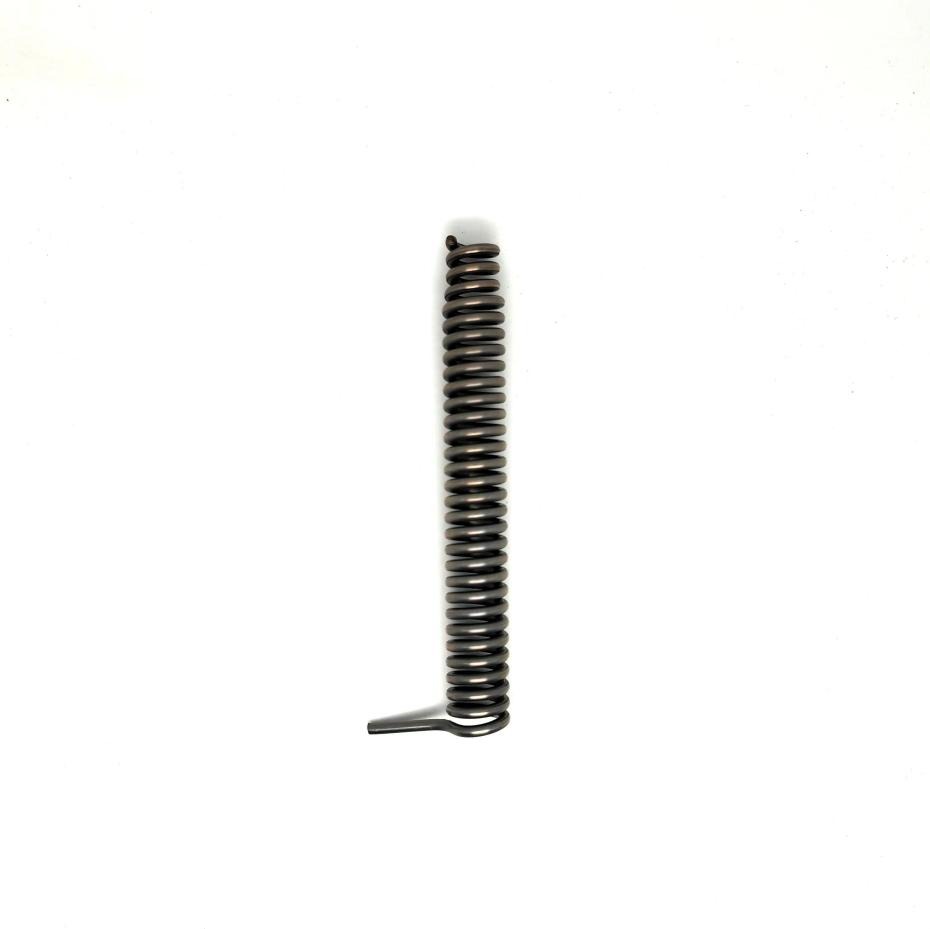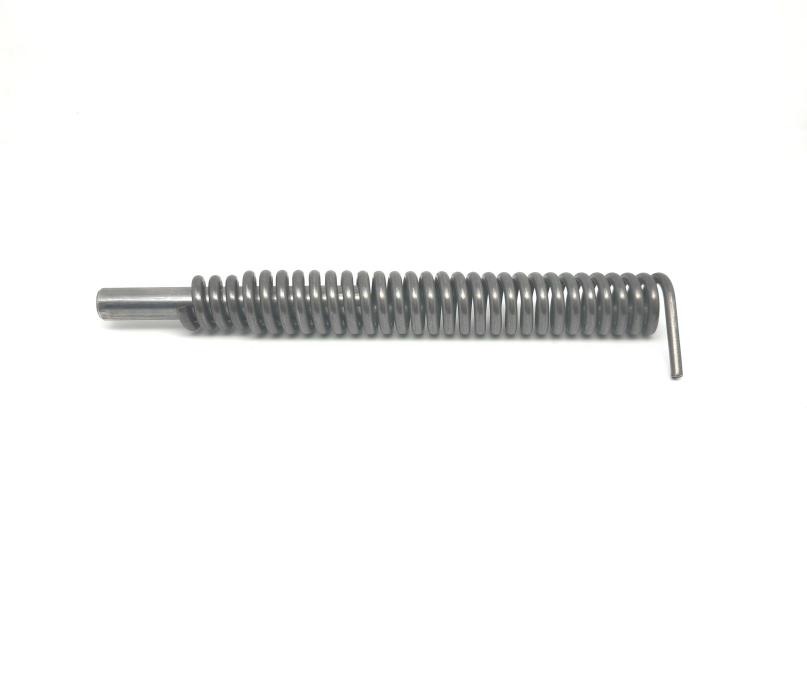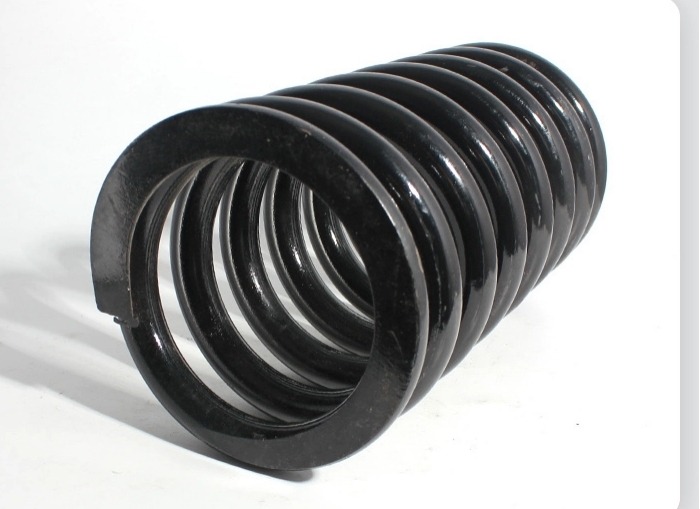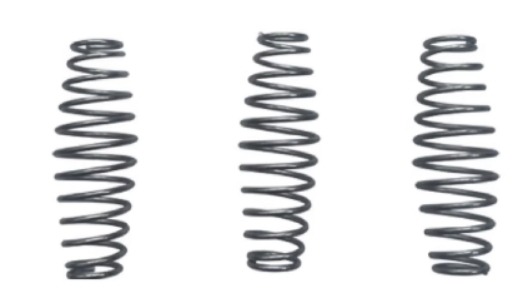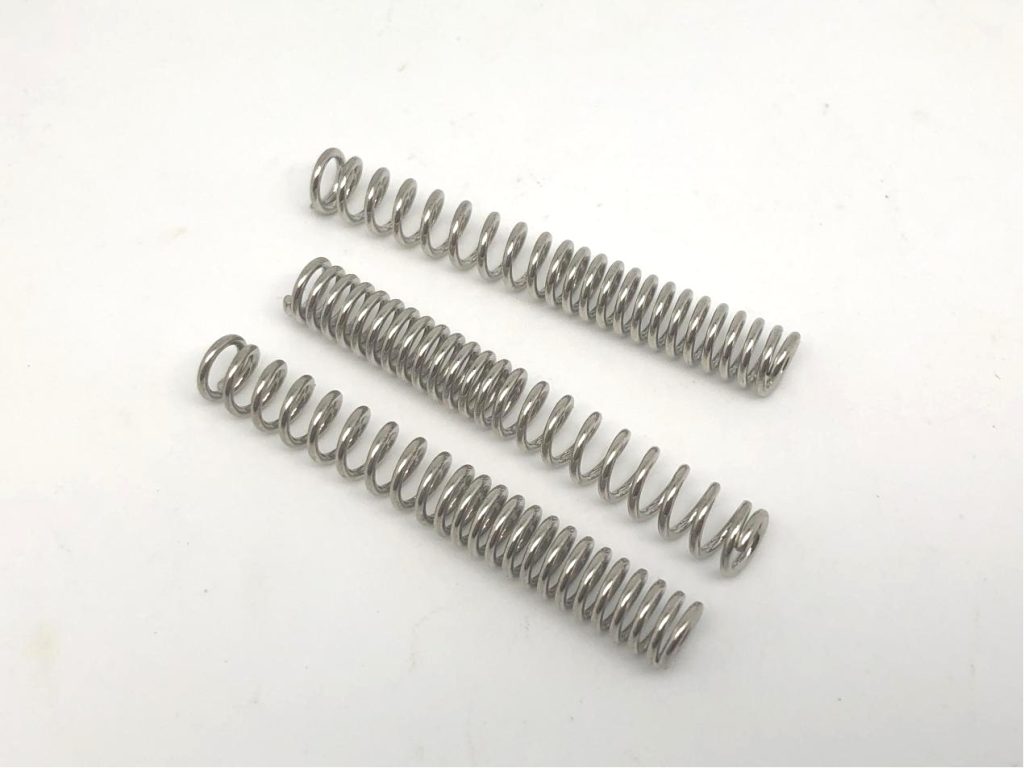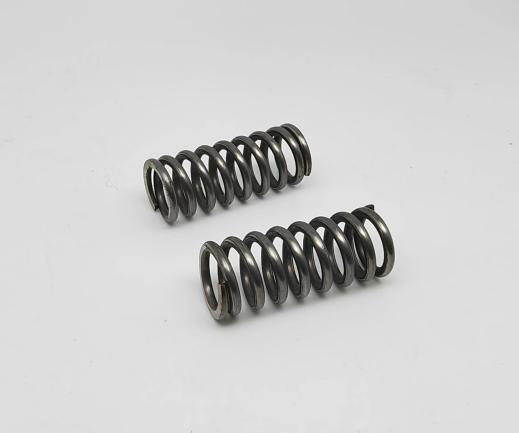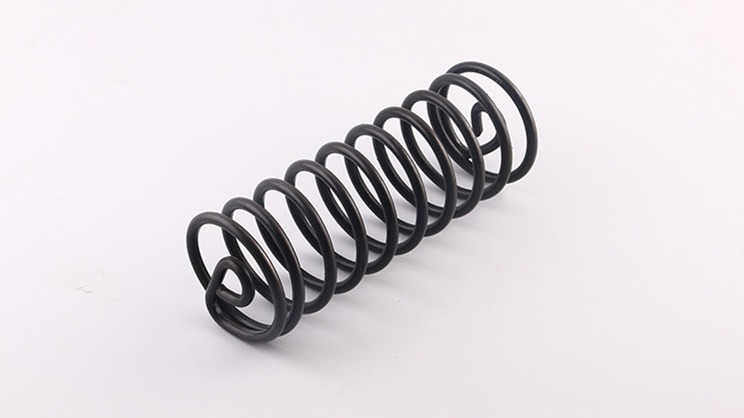Compression Spring vs Extension Spring: Differences & How to Choose
Springs hold major mechanical significance and are used in mechanical manufacturing, industrial appliances, automotive components, and domestic goods for energy storage, shock absorption, and return force purposes.
The two commonly utilized types of springs are compression springs and extension springs, both of which have their own structures, functioning mechanisms, application conditions and selection standards.
How can you select one according to your individual requirements? This article will outline everything about compression spring vs extension spring, so you can make an informed decision when purchasing springs for any use case or scenario.
Table of Contents
Part 1. What is a Compression Spring?
Compression springs are helical springs that tighten up under the load and revert to their original shape when unloaded. Compression springs are typically cylindrical and oppose axial compressive forces, with extensive use for the absorption of shockwaves, providing even pressure or push forces in machinery systems.
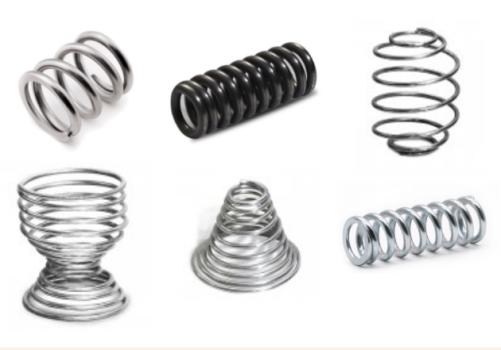
Key Features:
Working Mechanism:
When applied with force along their axis, compression springs compress under load, storing mechanical energy within their coils and creating an outward push that pushes against the direction of load application.
Common Structures:
Most compression springs feature closed, ground ends for improved stability and load distribution, though open-ended types may be employed as per design necessity.
Materials:
Normally produced with stainless steel, carbon steel, music wire, or phosphor bronze, as per environmental demands like corrosion resistance and temperature demands.
Applications:
Compression springs are found in a broad range of industries and products, including:
- Automotive suspension systems: to absorb road shocks and support vehicle weight.
- Valves: to control fluid flow by returning components to their default positions.
- Electronic devices: for contact pressure in battery compartments and buttons.
- Medical equipment: in devices requiring precise load and return force mechanisms.
Example:
A familiar example of a compression spring is found in a click pen. Pressing down on a pen cap, compresses and stores energy within its spring; when released, this spring expands back outward to push or retract the pen tip, showing how compression springs provide controlled movement in small spaces.
Part 2. What is an Extension Spring?
Extension springs are springs designed to stretch when under force from pulling forces and then quickly return back to their original length when released. They serve to absorb and store energy by resisting tension, usually with hooks, loops, or other attachments on both ends to connect to various components within a system.
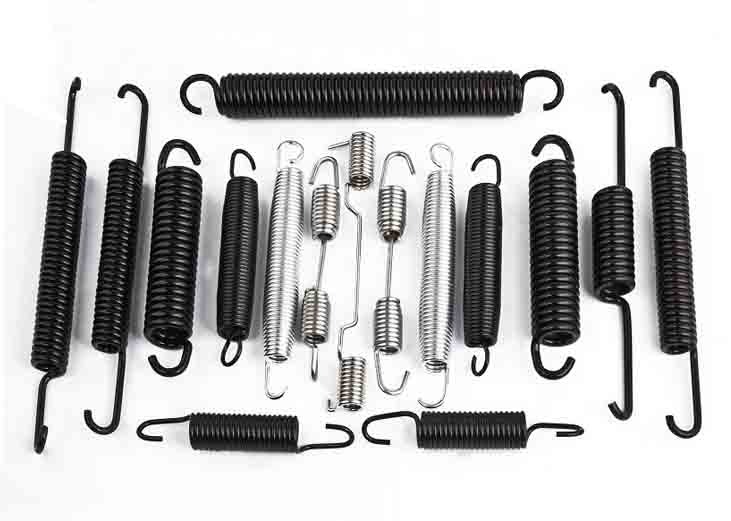
Key Features:
Working Mechanism:
When stretched, extension springs store energy as they stretch under tension before creating a pulling force to return them back to their coiled state and pull all connected components closer together.
Common Structures:
The ends of extension springs are usually fitted with:
- Hooks (e.g., machine hooks or crossover hooks)
- Loops (e.g., full loops, side loops)
- Threaded inserts or swivel eyes
These allow the spring to be easily secured to other parts within a mechanism.
Materials:
Extension springs are typically made from carbon steel, stainless steel, or galvanized steel wire. The material choice depends on factors such as required strength, operating environment, and corrosion resistance.
Applications:
The common uses of extension springs are in many everyday products and industrial applications, including:
- Door hinges or screen doors: to ensure the door closes automatically after being opened.
- Fitness equipment: to provide resistance in machines like rowing or cable machines.
- Braking systems: in drum brakes where spring tension resets the brake shoes.
- Toys: such as in pull-back cars or mechanical action figures for motion control.
Example:
Perhaps the most common example of an extension spring is a spring-loaded door. As you open the door, the spring extends, and as you release it, it closes and pulls the door. This displays the basic application of extension springs to create an automatic return motion.
Part 3. Compression Spring vs Extension Spring: A Detailed Comparison
Understanding the distinction between compression springs and extension springs is important while selecting the right spring for your industrial or mechanical application. Although both are helical springs, they function under different conditions of loads and serve distinct purposes. Let’s see a more in-depth analysis of how they differ in some critical dimensions.
1. Force Direction
Compression springs are designed to bear compressive loads. When the external compressive load is applied, the spring gets compressed and mechanical energy is stored within it. If the external load is removed, the spring returns to its original position and the object is pushed with an outward thrust.
While extension springs work with tensile stresses, they shorten when stretched and the stored energy makes it rebound to its coiled form. It produces an inward pulling force that helps return connected parts to their original position.
2. Installed State
Compression springs will normally be loaded in a relaxed, stress-free position. They are not operational until there is a compressive load. They are therefore suitable for situations where compression only comes into play under working conditions.
Extension springs are typically installed in a preloaded or pre-tensioned state. What this means is that they remain under minor tension even without a load externally applied to them. Pre-tensioning ensures that the spring acts immediately when force is applied, and this is particularly important where automatic return or tension-retaining systems are in use.
3. End Type and Connection
Compression spring ends can be closed or open; closed and ground types provide stability and consistent load, thus can be attached to flat surfaces.
Extension springs possess hooks, loops, or custom connectors at each end to allow easy attachment to other components. The hooks may range from simple machine hooks to more sophisticated swivel or screw-in hooks depending on mechanical installation limits and force requirements.
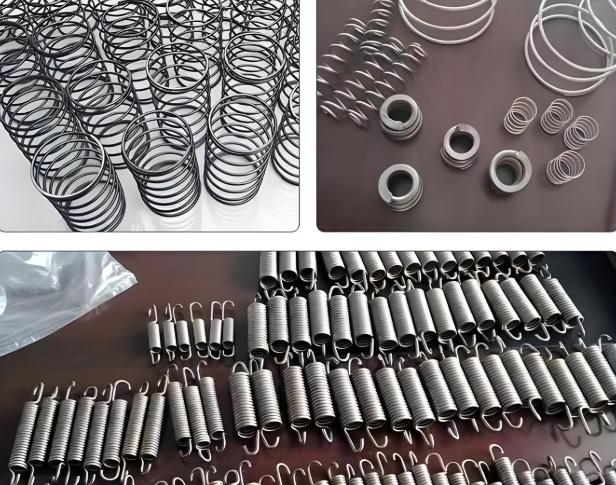
4. Common Applications
Compression springs play a critical role in shock absorption devices, load-carrying devices, or positional control devices. They are ubiquitous, from automobile suspensions and valves to electronics and medical devices requiring positional control or energy absorption.
Their ability to resist compression forces makes them ideal for energy buffering applications, as they push back against compression forces for load carrying or energy absorption purposes. Their pulling action ensures reliable tension and controlled return movement.
5. Space Requirements
Compression springs require space in which to compress. When designing with these springs, the surrounding structure must allow for axial movement inward as the spring is loaded.
In contrast, extension springs need space to extend outward. As they lengthen under load, the system must be able to accommodate the increased spring length without causing interference or constraint.
| Comparison Item | Compression Spring | Extension Spring |
| Force Direction | Subjected to compressive force | Subjected to tensile (pulling) force |
| Installed State | No stress under normal condition | Usually preloaded (pre-tensioned) |
| End Type | Closed or open ends | Hooks, loops, or other connectors |
| Common Applications | Shock absorption, support, positioning limits | Tension linkage, automatic return |
| Space Requirement | Space needed for compression | Space needed for extension |
Part 4. How to Choose the Right Type of Spring?
Choosing between a compression spring and an extension spring is primarily an application-related function of your mechanical requirements and environmental conditions. Here are some key factors to consider when choosing the best spring for your application:
1. Type of Load
The direction and nature of the load applied to the spring is the first and most critical consideration:
Compression Springs are ideal when your system must resist a pushing force or absorb shock. If the application involves compressive loads, such as supporting a weight or absorbing impact, then a compression spring would be the most appropriate choice.
Extension Springs are better suited for applications where the spring is expected to resist a pulling force. They are commonly used when two components need to be drawn together, or when the spring must return a system to its original position after being extended.
2. Installation Structure
The way the spring will be mounted and interact with surrounding components is also important:
If your design is compact, and the spring is intended to push outward under compression, a compression spring is recommended. Its straight-line installation makes it suitable for systems with axial force requirements and limited lateral space.
If your system requires the spring to connect two separate components and pull between them, then an extension spring is a better choice. Its loops or hooks facilitate easy attachment and allow for a consistent pulling force as the components move apart from one another.

3. Operating Frequency and Fatigue Life
If the spring is to be used on a repetitive or continuous basis, fatigue resistance is crucial:
Repeated spring cycling (e.g., in machine or motor vehicle application) must be made of high-quality materials such as music wire or stainless steel.
Precise careful engineering, surface treatment, and stress-relief processes also increase compression and extension spring life under repeated cycling.
4. Space Constraints and Displacement Requirements
Each of the spring types behaves differently when it comes to space utilization:
Compression springs need space to contract. You’ll want the design to leave enough space for the spring to reduce under load without being compressed completely or “bottoming out.”
Extension springs require space to extend. There should be adequate length available for the spring to stretch as needed during operation without overstressing or deforming it.
Part 5. What Can KENENG Spring Manufacturer Do for You?
As a veteran with over ten years of precision manufacturing experience, KENENG is a professional spring manufacturer and can offer custom compression springs and extension springs design and production services.
As your requirements vary from prototype production of small batches to mass production, we are all qualified to serve your needs with high efficiency and stable quality.
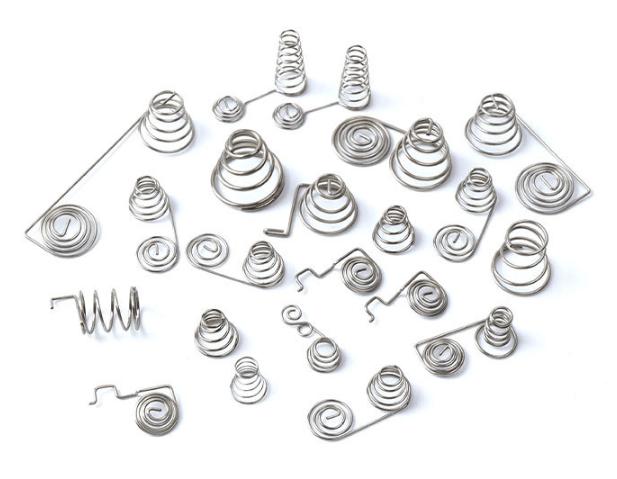
Key Strengths of KENENG
Wide Range of Materials
We offer a full selection of spring materials to suit diverse environments and mechanical demands, including:
- Stainless steel
- Carbon steel
- Inconel
- Titanium
- Copper
- Brass
- Alloys and more
Advanced Manufacturing Processes
We support a variety of surface and heat treatment processes to enhance spring performance, appearance, and longevity:
- Powder coating
- Electroplating (e.g., zinc, nickel)
- Shot peening
- Heat treatment for improved fatigue resistance
Custom Non-Standard Springs
No matter how complex or unique your application, we have solutions tailored to your drawings, samples, or technical specifications. We can assist with design optimization for peak performance in most industries.
Rigorous Quality Inspection
Every spring produced by KENENG undergoes strict quality control procedures, including:
- Dimensional accuracy checks
- Load force testing
- Fatigue and cycle life evaluation
Every batch produced meets both customer specifications and international standards.
Summary: Selecting the Appropriate Spring for Smooth Machine Performance
Even though compression springs and extension springs differ considerably in shape and designs, they are invaluable additions to the markets where they are used. Proper choice not only enhances the performance of the product but also increases product lifespan and minimizes maintenance.
If any professional requirements for spring suppliers, you are welcome to make a quotation or sample inquiry from KENENG. We would be very happy to offer you high-performance precision-cut spring solutions specially designed to meet your needs!

